- Home
- Articles
- Architectural Portfolio
- Architectral Presentation
- Inspirational Stories
- Architecture News
- Visualization
- BIM Industry
- Facade Design
- Parametric Design
- Career
- Landscape Architecture
- Construction
- Artificial Intelligence
- Sketching
- Design Softwares
- Diagrams
- Writing
- Architectural Tips
- Sustainability
- Courses
- Concept
- Technology
- History & Heritage
- Future of Architecture
- Guides & How-To
- Art & Culture
- Projects
- Interior Design
- Competitions
- Jobs
- Store
- Tools
- More
- Home
- Articles
- Architectural Portfolio
- Architectral Presentation
- Inspirational Stories
- Architecture News
- Visualization
- BIM Industry
- Facade Design
- Parametric Design
- Career
- Landscape Architecture
- Construction
- Artificial Intelligence
- Sketching
- Design Softwares
- Diagrams
- Writing
- Architectural Tips
- Sustainability
- Courses
- Concept
- Technology
- History & Heritage
- Future of Architecture
- Guides & How-To
- Art & Culture
- Projects
- Interior Design
- Competitions
- Jobs
- Store
- Tools
- More
Common Challenges in Slab Leveling and Solutions to Fix Uneven Concrete
Discover common challenges in slab leveling, from uneven settling and cracks to moisture issues, and explore effective solutions like mudjacking, polyurethane foam injection, and laser leveling. Learn how advanced tools, proper drainage, and professional techniques restore safety, durability, and aesthetics to driveways, patios, and more. Safeguard your spaces with expert strategies!

Uneven slabs can be a real headache. Whether it’s a driveway, patio, or basement floor, leveling issues not only affect the look of a space but can also create safety hazards and long-term structural problems. We’ve all seen those cracks or dips that seem harmless at first but quickly turn into bigger, costlier issues.
The challenges in slab leveling often stem from factors like soil movement, improper installation, or natural wear and tear over time. But the good news? There are practical solutions to address these problems and restore stability without breaking the bank. By understanding the common obstacles and how to tackle them, we can keep our spaces safe, functional, and looking their best.
Let’s explore some of the most frequent slab leveling challenges and the effective methods to overcome them.

Table of Contents
ToggleUnderstanding Slab Leveling
Slab leveling focuses on correcting uneven concrete surfaces to restore structural integrity and appearance. Uneven slabs often arise from soil compaction issues, moisture changes, or inadequate support beneath the concrete surface. Over time, these factors create visible dips, cracks, or slopes in driveways, patios, and other concrete installations.
Effective slab leveling involves identifying the root cause before selecting a solution. Common methods include mudjacking, polyurethane foam injection, and slab replacement. Each technique addresses different levels of damage. For example, mudjacking works well for minor unevenness, while foam injection is suitable for significant voids or unstable soil conditions.
Advanced tools, like laser leveling systems, help ensure precise results. These tools measure deviations in the slab and guide contractors to deliver accurate corrections. By utilizing these techniques, we enhance the safety, durability, and aesthetics of the affected areas, addressing both functional and cosmetic concerns.
Common Challenges in Slab Leveling
Addressing slab leveling issues involves understanding key challenges that disrupt the process. These challenges stem from factors impacting structural integrity, safety, and aesthetics.

Uneven Settling Issues
Uneven settling occurs when soil beneath the slab compacts or shifts unevenly. This often happens due to poor soil preparation, heavy loads, or natural ground movement. Consequences include tilted slabs, uneven surfaces, and pooling water. Accurate assessment of soil conditions prior to installation prevents future settling challenges.
Cracks and Gaps
Cracks and gaps develop when slabs endure undue stress, freeze-thaw cycles, or improper curing. These imperfections weaken the slab, enabling further damage over time. Filling gaps with sealants or injecting polyurethane foam resolves minor defects; full replacement may be needed for extensive cracks. Addressing the stress source, such as soil instability, ensures long-term effectiveness.
Moisture-Related Problems
Moisture intrusion softens the soil underneath the slab, compromising support and causing sinking or heaving. Poor drainage systems or high water tables exacerbate the problem. Installing proper drainage solutions like French drains or waterproof barriers minimizes moisture exposure. Timely action prevents further destabilization of the structure.
Lack of Proper Equipment
Using outdated or inadequate tools affects leveling accuracy and results. Precision leveling devices like laser-guided systems ensure accurate slab alignment, while heavy-duty machinery supports effective material application. Utilizing modern equipment enhances efficiency and reduces the likelihood of errors during the leveling process.
Effective Solutions for Slab Leveling
Effective slab leveling requires targeted approaches to address specific challenges. By using advanced techniques and addressing root causes, we can restore the functionality and appearance of uneven surfaces.

Using Professional Equipment
Modern equipment ensures accurate slab leveling. Laser leveling systems provide precise measurements, reducing the risk of error. Hydraulic lifts and specialized drills improve efficiency during slab adjustments or replacements. Integrating advanced tools minimizes disruptions and enhances the durability of the results.
Applying Polyurethane Foam or Mudjacking
Both polyurethane foam injection and mudjacking are reliable methods for lifting uneven slabs. Polyurethane foam injects lightweight, expandable material beneath the surface, offering rapid stabilization without adding significant weight. Mudjacking involves pumping a cement-based mixture under the slab to correct its position. These options address soil-related issues, accommodating varying budgets and project needs effectively.
Addressing Moisture Concerns
Moisture control prevents long-term slab instability. Installing effective drainage systems redirects water away from foundations and slabs, minimizing soil erosion and water pooling. Properly sealing the slab surface blocks moisture intrusion, protecting against heaving and sinking. Identifying and fixing leaks in plumbing or nearby systems reduces water-related damage and preserves structural integrity.
Preventative Measures for Long-Term Results
Implementing preventative measures ensures slab leveling solutions remain effective over time. Consistent maintenance and proper installation help avoid recurring issues and extend the lifespan of slabs.

Routine Maintenance and Inspection
Regular maintenance identifies potential issues early, preventing severe damage. We recommend scheduling periodic inspections at least once a year to assess surface stability, check for cracks, and monitor signs of shifting or sinking. Addressing minor imperfections, like small cracks, with high-quality sealants prevents moisture penetration, which could lead to larger problems. For areas exposed to heavy traffic, applying surface protection treatments reduces wear and prolongs integrity.
Ensuring Proper Installation Techniques
Proper installation establishes a solid foundation, reducing future leveling challenges. During construction, we ensure compacted subsoil and appropriate concrete mix ratios to achieve optimal strength and durability. Installing expansion joints in larger slabs minimizes stress from temperature changes, reducing the likelihood of cracks. For outdoor slabs, proper grading directs water away from the surface, preventing moisture-related issues such as sinking and heaving. Engaging skilled professionals during installation guarantees long-term performance and stability.
Conclusion
Addressing challenges in slab leveling requires a comprehensive approach, combining advanced techniques, precise tools, and preventative measures. Uneven settling, cracks, and moisture-related issues demand tailored solutions like polyurethane foam injection, mudjacking, or full slab replacement, depending on their severity. Using laser leveling systems ensures precise adjustments, improving both functionality and aesthetics.
Integrating preventative strategies strengthens the longevity of slab leveling efforts. Routine maintenance, proper drainage systems, and regular inspections minimize future risks. Ensuring correct installation, including compacted subsoil, well-balanced concrete mixtures, and expansion joints, establishes stable and durable surfaces. Partnering with skilled professionals enhances results, ensuring structures remain safe and visually cohesive over time.
- affordable slab leveling
- best slab leveling practices
- challenges in slab leveling
- commercial concrete leveling
- concrete leveling company
- concrete leveling contractors
- concrete leveling experts
- concrete leveling solutions
- concrete repair methods
- concrete slab leveling techniques
- DIY concrete leveling tips
- fix uneven concrete
- fixing concrete surfaces
- how to level concrete slab
- importance of even concrete
- innovative slab leveling
- leveling sunken concrete
- professional concrete repair
- residential concrete leveling
- Slab leveling
- slab leveling services
- uneven concrete repair
Submit your architectural projects
Follow these steps for submission your project. Submission FormLatest Posts
Key Features to Look for When Investing in Construction AI Cameras
Continuous monitoring is crucial on construction sites for effective accident prevention. Artificial...
Why Legal Support Is Critical After a Serious Construction Accident
If you are dealing with a construction accident or have ever watched...
7 Common Myths Every Contractor Should Stop Believing
The construction landscape is a complicated place at the best of times,...
Automation in Construction: Why Human Safety Still Matters
Automation in construction can cut injuries, but new risks emerge. Learn practical...




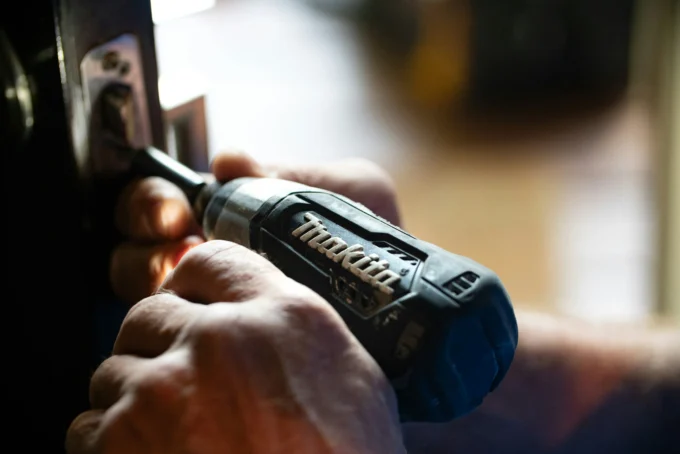
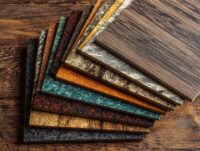
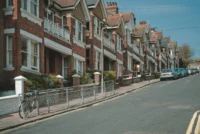

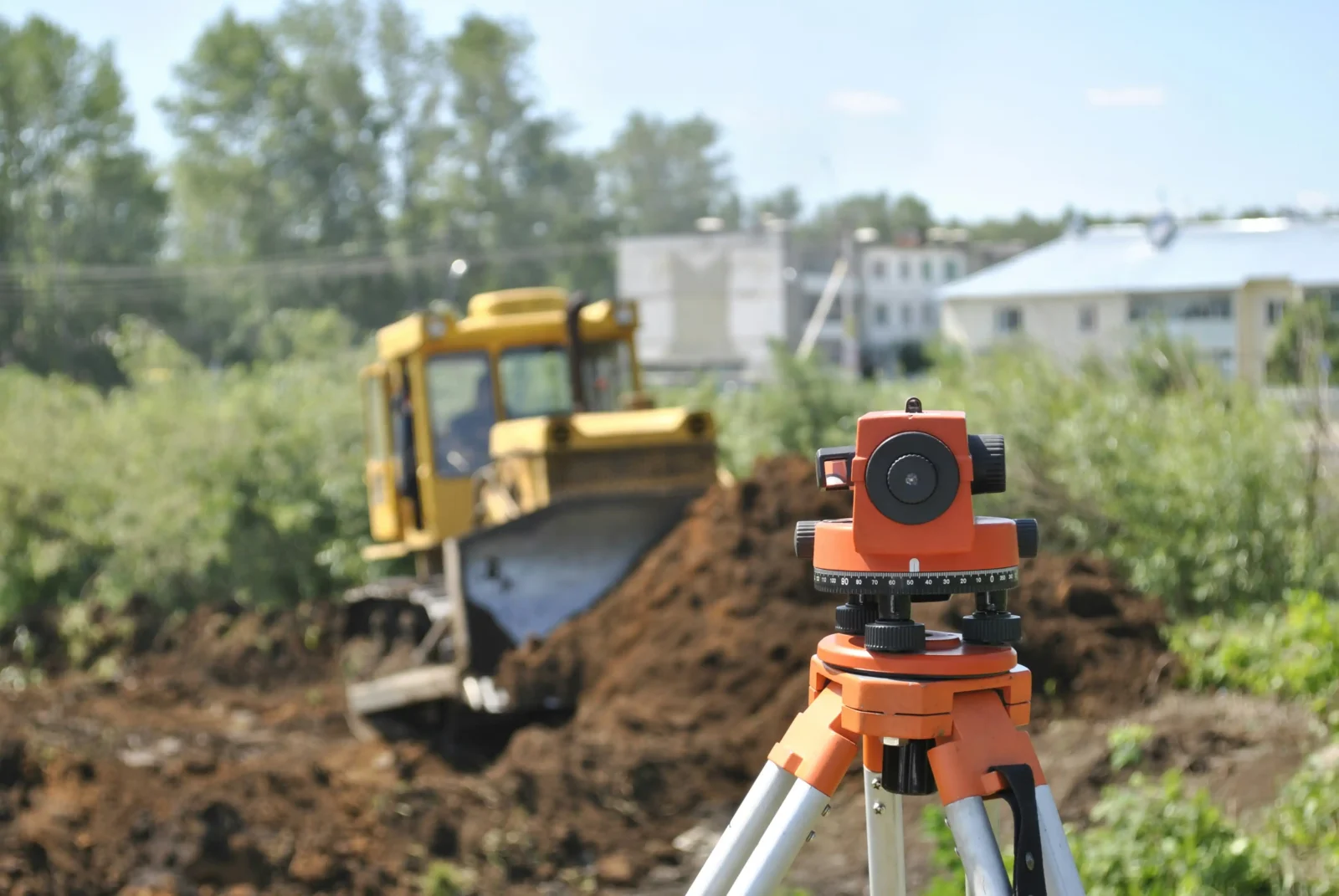


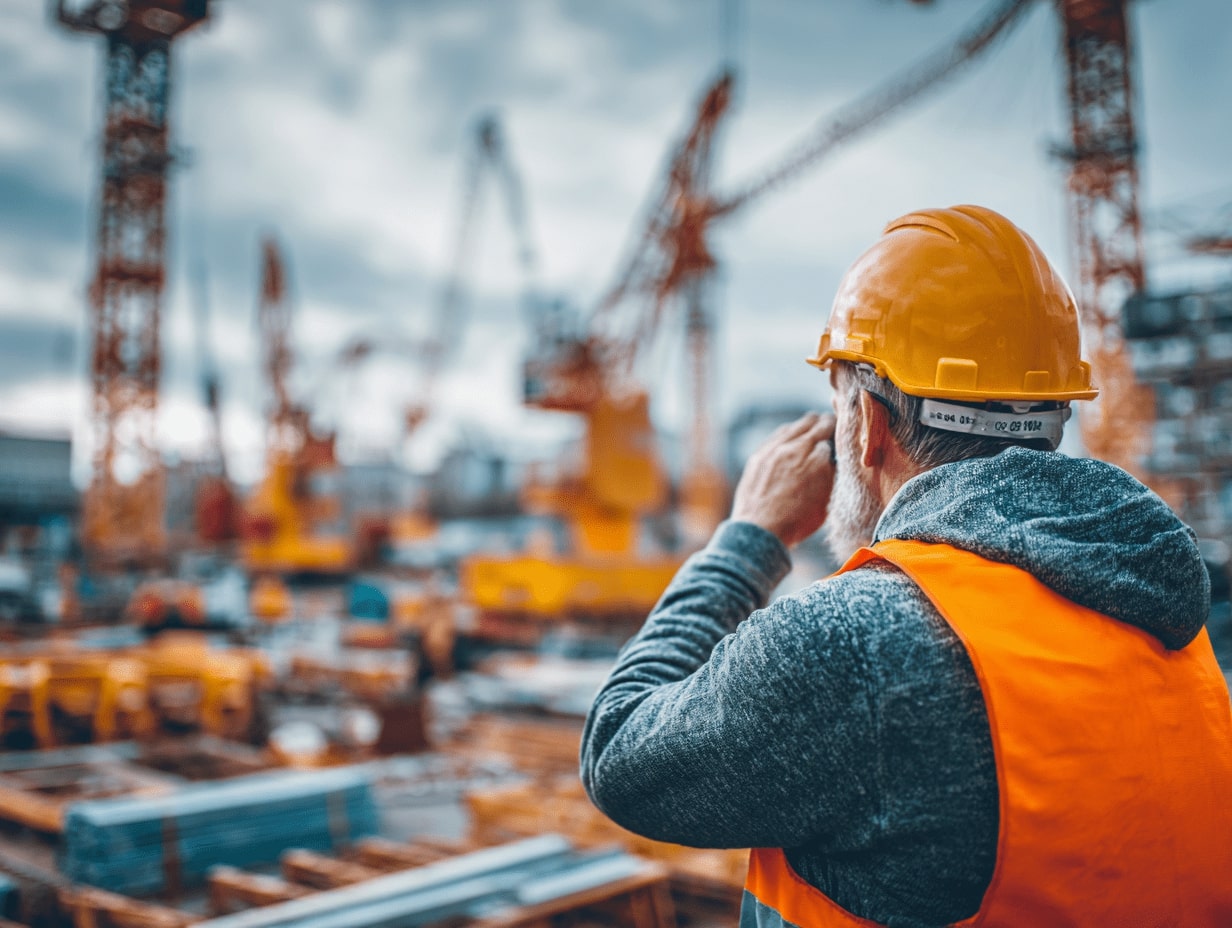
Leave a comment